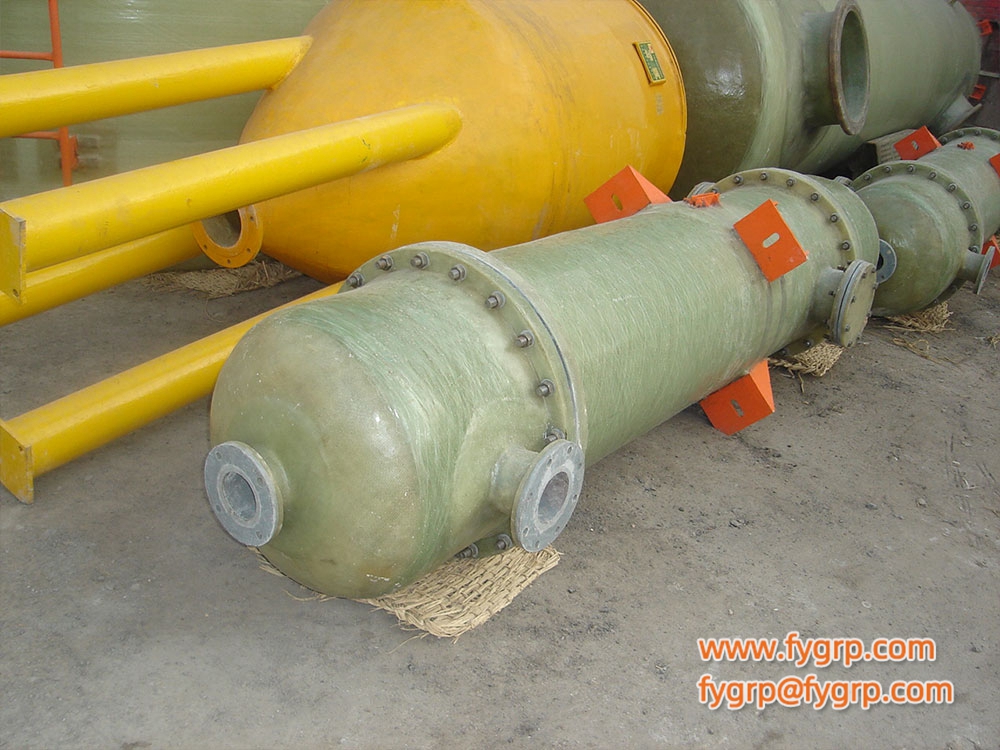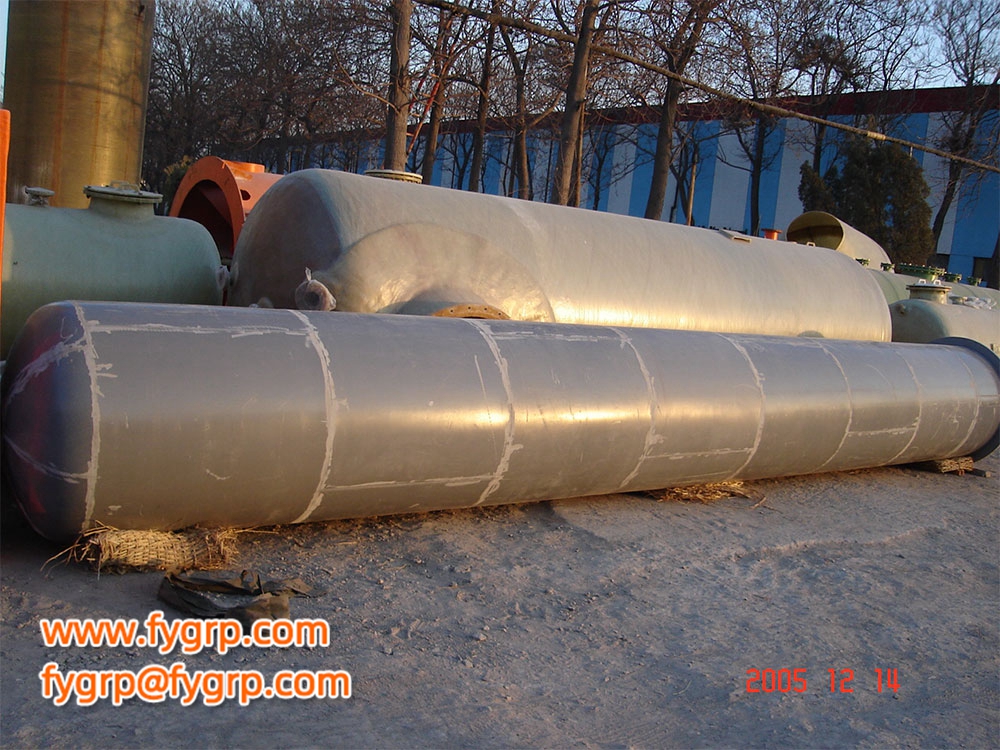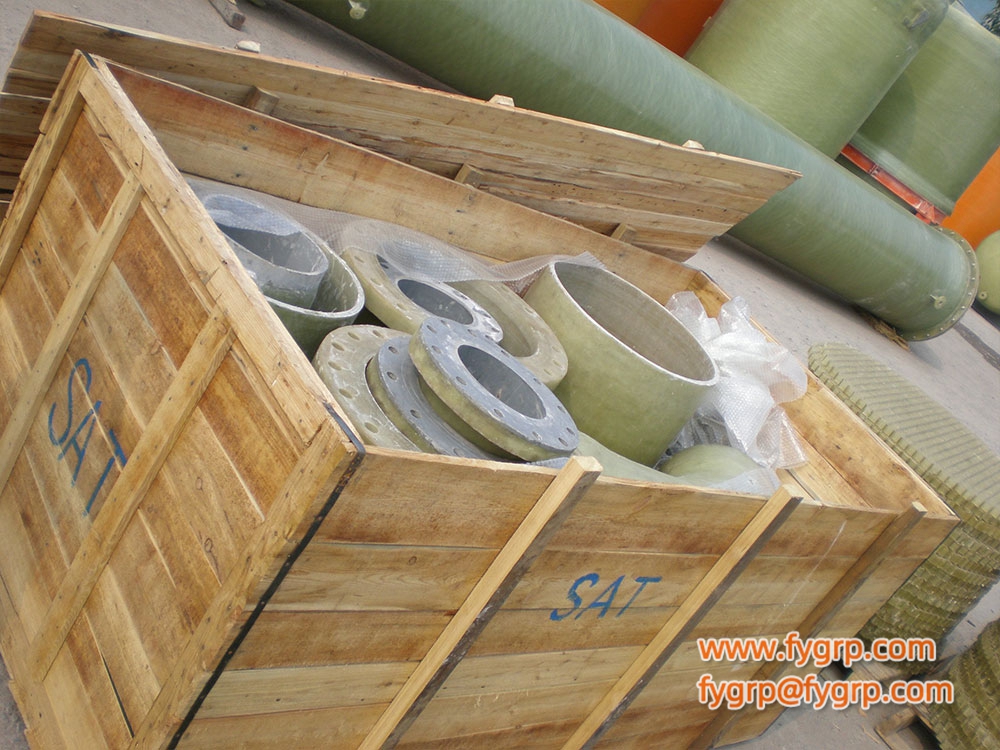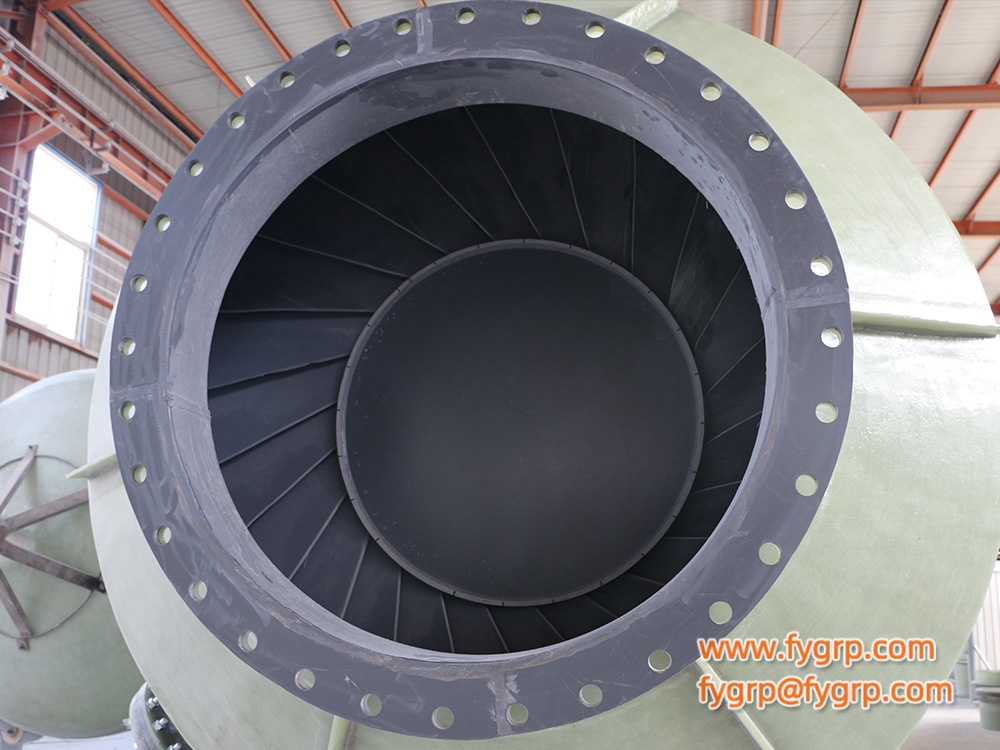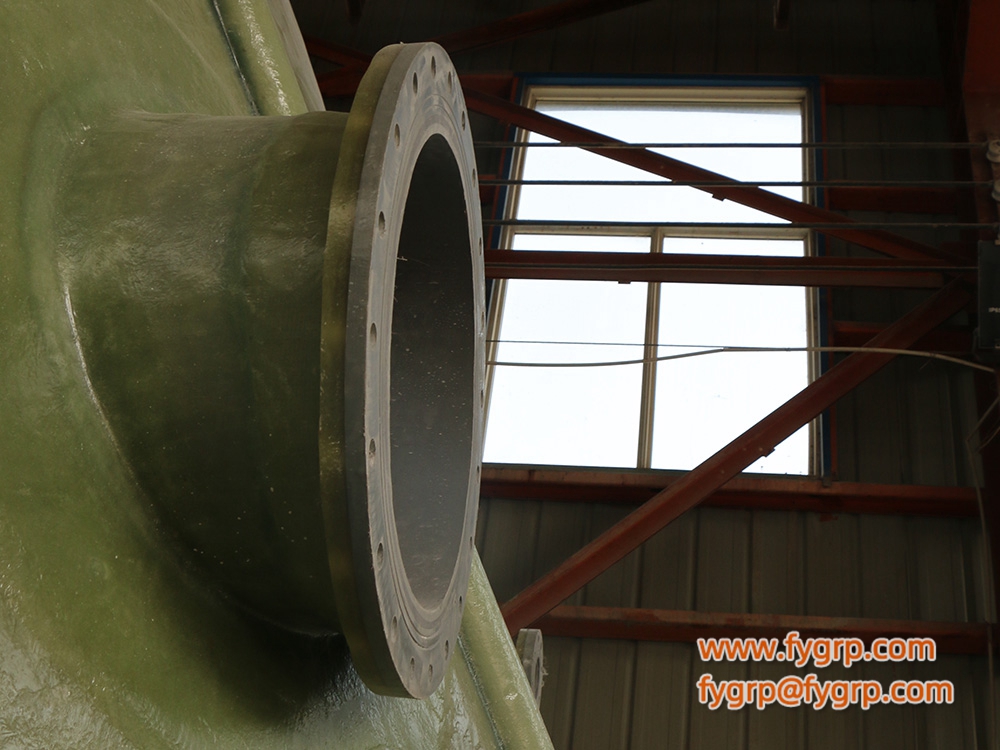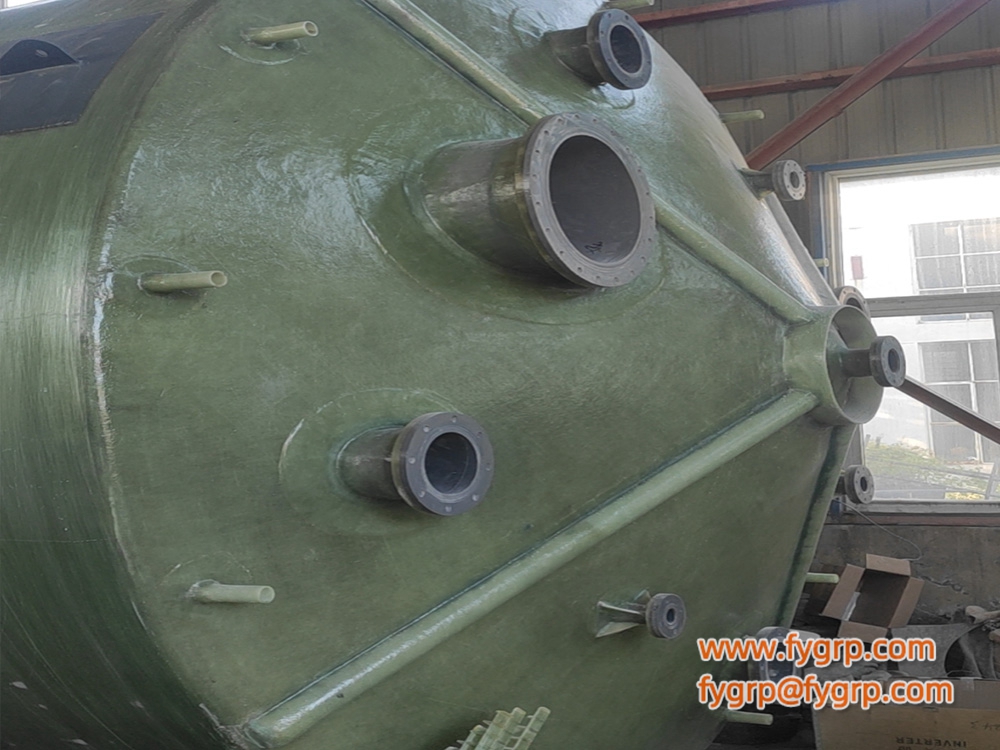PP/PVC/PPH/PVDF/FRP
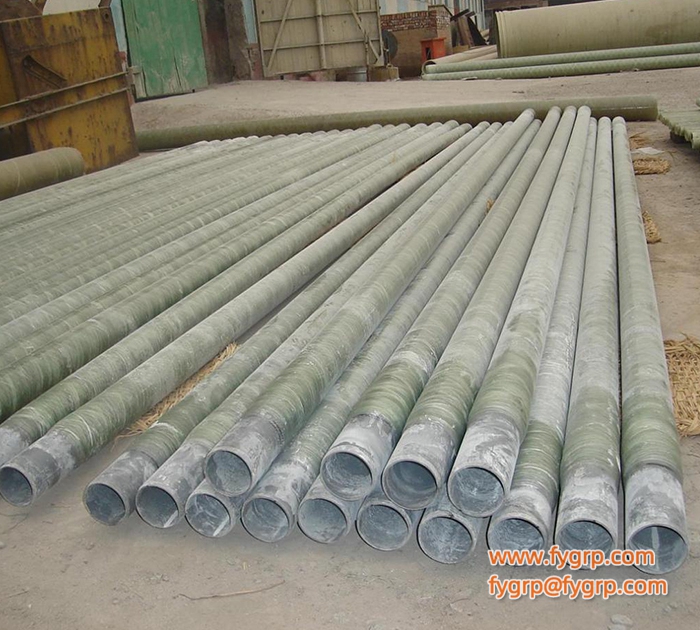
1.Summary
Composite pipes and vessels of FRP/PVC, CPVC, PE, PP, PVDF composes of plastic anti-corrosion layer as lining, special interface adhesive, and FRP. Therefore, Composite pipes and vessels of FRP/PVC, CPVC, PE, PP, PVDF not only have the corrosion resistance of PVC, CPVC, PE, PP, PVDF pipe and vessels, but also overcome the defect of low compressive strength of them under high temperature. The FRP layer thickness of FRP/PVC, CPVC, PE, PP, PVDF composite pipes and vessels can be determined according to the working pressure inside pipes and vessels.
2.Main performance of composite pipe and tank
1.Excellent corrosion resistance: hard PVC, CPVC, PE, PP, PVDF has excellent long-term corrosion resistance. The outer glassfiber reinforced plastic enhances the mechanical strength, and plays a protective role, so that PVC, CPVC, PE, PP, PVDF is not easy to aging for a long-term outdoor. The corrosion resistance of PVC, CPVC, PE, PP, PVDF is shown in the table.
2.High heat resistance: For example, pure PVC, CPVC pipe and tank begin to soften when the temperature is 80 ~ 85℃, presents soft state at 130℃, obvious deformation at 65℃, so the temperature needs below 50℃ for a long-term use. The heat resisting temperature of FRP/PVC, CPVC, PE, PP, PVDF composite pipe and vessel can increase to 85 ~ 90℃. As measured 100 pieces FRP/PVC, CPVC, PE, PP, PVDF composite pipes at 93℃, burst pressure is 14Mpa. Therefore, the safe usage temperature of composite pipe and tank should be less than 80℃, and the low temperature should be higher than -15℃.
FRP/PVC, CPVC, PE, PP, PVDF pipe and vessel have strong adhesive force: the thermal expansion coefficient of PVC, CPVC, PE, PP, PVDF, and of FRP is big difference (PVC, CPVC, PE, PP, PVDF is 2-4 times of epoxy FRP), due to use interface adhesive as transition layer, which has high cohesive force between PVC, CPVC, PE, PP, PVDF and FRP , and can resist stress produced by expansion and contraction. The product specimen are boiled at 90℃ for 1 hour and then immediately frozen at -10℃ for half an hour. Heat and cold alternately for 10 times. There was no delamination at the interface, the interlaminar shear strength was ≥7Mpa.
3.The main feature of CPVC is that its temperature resistance increases by 40℃, density increase, flame resistance improve, other properties are similar to polyethylene.
Main indexes of FRP/PVC and CPVC composite pipe
Item | Unit | Index |
Tensile strength | MPa | ≥160 |
Bending strength | MPa | ≥180 |
Impact strength | MPa | ≥16 |
Interlaminar shear strength | MPa | ≥7 |
Linear expansion coefficient | d×10-5/℃(15~85℃) | 2.5~4×10-5/℃ |
Minimum blasting stress
FRP/PVC, CPVC composite pipe | MPa | (g20)18 |
FRP/PVC, CPVC pipe fittings | MPa | (g20)15 |
Reinforced layer at junction of PVC and CPVC PVC,CPVC | MPa | (g)12 |
3.Main properties of FRP/PVC, CPVC composite pipe and tank
In addition to the properties of FRP/PVC, CPVC composite pipe and tank, it also has low density, good chemical corrosion resistance, good electrical insulation, softening at about 80~130℃, and is a medium strength and tough material. For detailed data, please contact tc@fygrp.com










